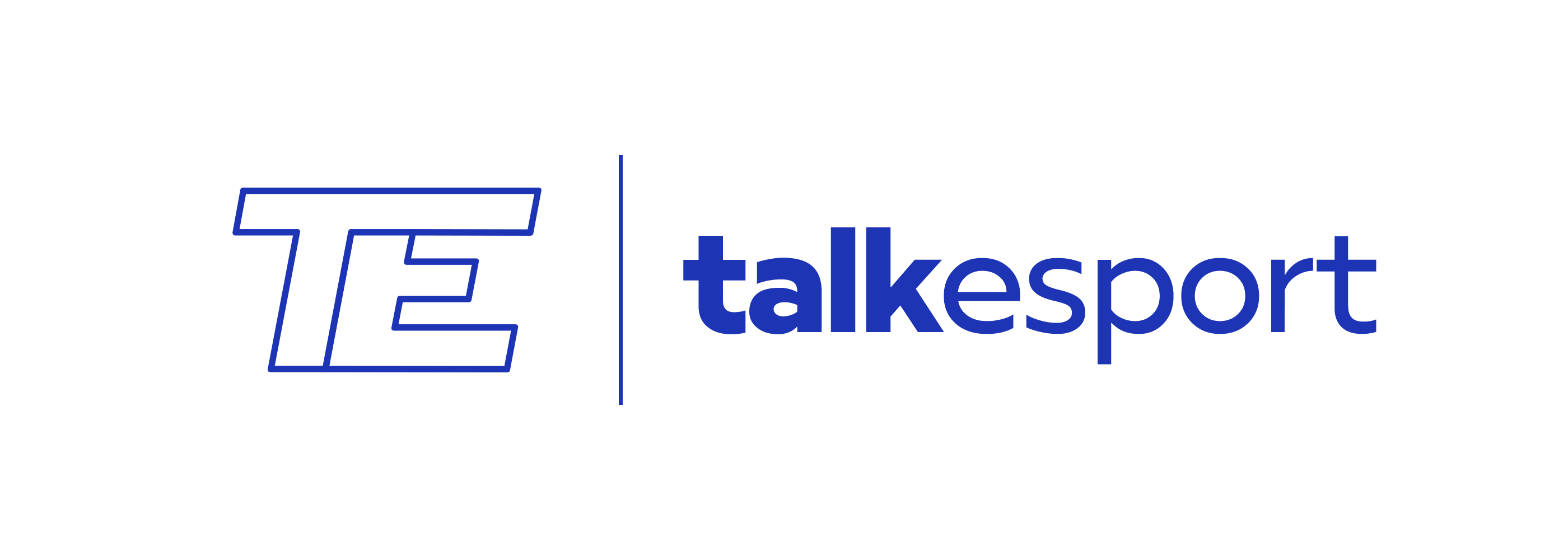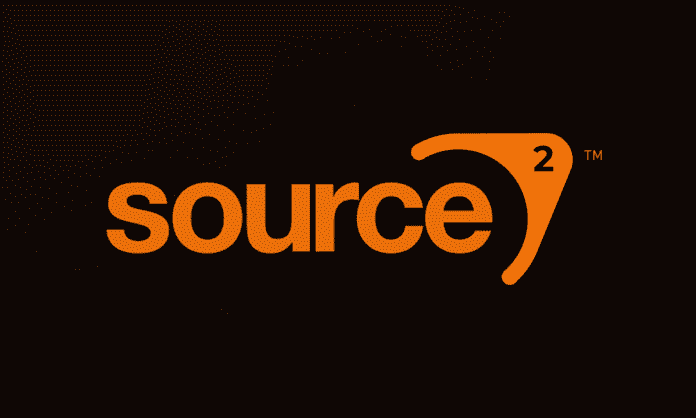Are you fed up with watching leaks and rumors regarding the upcoming Counter-Strike 2 or the Source 2 upgrade of CSGO? You are not alone. Data miners are posting new leaks every day and rumors are being created every minute. The Source 2 hype is at its peak. Now, Valve has filed for new Counter-Strike and CS2 trademarks.
Popular data miner Aquarius posted on Twitter, that Valve applied for some trademarks at the United States Patent and Trademark Office on 14th March but it was not public at that moment. Right now, it is public which confirms that Valve has applied for new trademarks.
Counter-Strike & CS2 Trademarks
The categories of entertainment services, including the provision of online video games, are covered by Valve’s trademarks. In addition, these trademarks are tied to the CSGO trademark, which is specified on the application as a related property.
In summary, Valve has applied for a new trademark for something called CS2, which is associated with the Counter-Strike and CSGO trademarks in terms of intellectual property. Therefore, the new game might be named CS2 which is the abbreviation of Counter-Strike 2. Moreover, it could be named Counter-Strike as well which might be CSGO based on the Source 2 engine.
Well, everything is a rumor now. Nothing is confirmed. However, Valve is certainly working on something. No one can deny it.
For more exclusive esports and gaming content, please follow TalkEsport on Google News.
FAQ
Source 2 is a game engine developed by Valve Corporation. It is the successor to the original Source engine and was first announced in 2015.
Several games have been developed using the Source 2 engine, including Dota 2, Half-Life: Alyx, Artifact, and Dota Underlords.
Yes, Source 2 is available for developers to use. It is available for free on Valve’s Steam platform.
Source 2 supports multiple programming languages, including C++, Lua, and Python.
Yes, Source 2 games can be played on different platforms, including Windows, Linux, and macOS.
Some of the key features of Source 2 include improved rendering capabilities, support for virtual reality (VR), and improved physics simulation.


